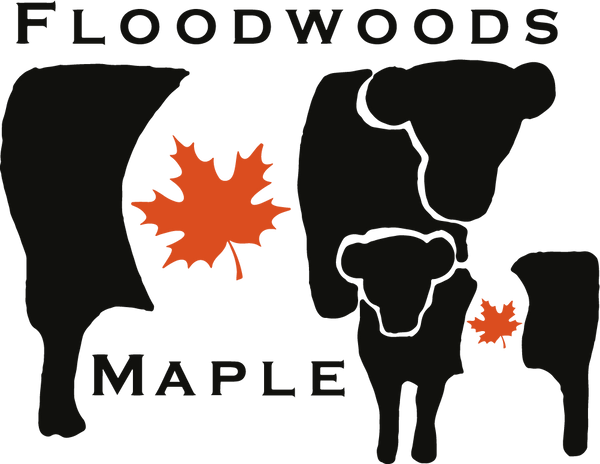When it comes to drizzling syrup over your pancakes, waffles, or even into your morning coffee, you're often faced with a choice: real maple syrup or pancake syrup. While they may look similar, these two syrups have distinct differences in terms of production, flavor, nutritional value, and culinary uses. In this post, we'll delve into what sets pure maple syrup apart from its more commercial counterpart, pancake syrup, and why you might consider reaching for the real deal.
- Origins and Production: From Tree to Table
Maple Syrup: True maple syrup is a natural product made from the sap of maple trees, primarily harvested in the Northeastern United States and Eastern Canada. The process is quite labor-intensive – it involves tapping the trees, collecting the sap, and then boiling it down to a syrup. This process is natural and doesn't involve any artificial additives.
Pancake Syrup: On the other hand, pancake syrup, often labeled as "maple-flavored syrup," is primarily a commercial creation. It is typically made from corn syrup and contains artificial maple flavoring, along with preservatives, coloring, and other additives. Some brands do add real maple syrup but it is invariably the end of the season syrup and off-flavor due to the trees being about to bud out their leaves.
- Flavor Profile: Complexity vs Consistency
Maple Syrup: Pure maple syrup is celebrated for its complex flavor profile. It offers a perfect balance of sweetness with subtle hints of caramel, vanilla, molasses, and even nutty or woody undertones, depending on its grade. The flavor can vary slightly based on the region, climate, and production methods.
Pancake Syrup: Pancake syrup, while sweet and maple-flavored, lacks the depth and range of flavors found in real maple syrup. It tends to have a more consistent and uniform taste, which can be overwhelmingly sweet and one-dimensional for some palates.
- Nutritional Aspects: Natural vs Artificial
Maple Syrup: Maple syrup is not just about sweetness; it contains various antioxidants and minerals like manganese, zinc, calcium, and potassium. While it should still be consumed in moderation due to its high sugar content, it's a more natural choice with a lower glycemic index compared to refined sugars.
Pancake Syrup: Pancake syrup is primarily high fructose corn syrup, with added flavors and preservatives. It often contains higher levels of sugar and calories, with little to no nutritional value.
- Culinary Uses: Beyond Breakfast
Maple Syrup: The versatility of maple syrup stretches beyond breakfast. Its unique flavor enhances savory dishes, vinaigrettes, desserts, and even cocktails. Chefs and home cooks alike appreciate its ability to add complexity and depth to a dish.
Pancake Syrup: Pancake syrup is generally best suited for sweet, breakfast-type dishes where a simple, sweet flavor is desired. Its usage in cooking is somewhat limited due to its artificial components and overpowering sweetness.
- Environmental Impact and Sustainability
Maple syrup production is generally sustainable, as it involves tapping trees without harming them. The industry is closely regulated, ensuring the health of the maple forests. Conversely, the production of pancake syrups, which rely on corn syrup, can be more environmentally taxing due to the intensive farming methods used for growing corn.
While both maple syrup and pancake syrup have their places on the breakfast table, understanding their differences is key to making an informed choice. Pure maple syrup such as the Floodwoods maple syrup, with its natural production process, rich flavor profile, and nutritional benefits, offers an experience that goes beyond mere sweetness. It's a testament to the beauty of nature's produce and a versatile ingredient in the culinary world. So next time you're faced with the choice, you might find that reaching for the real maple syrup makes all the difference in your dishes – both for your taste buds and your health.

